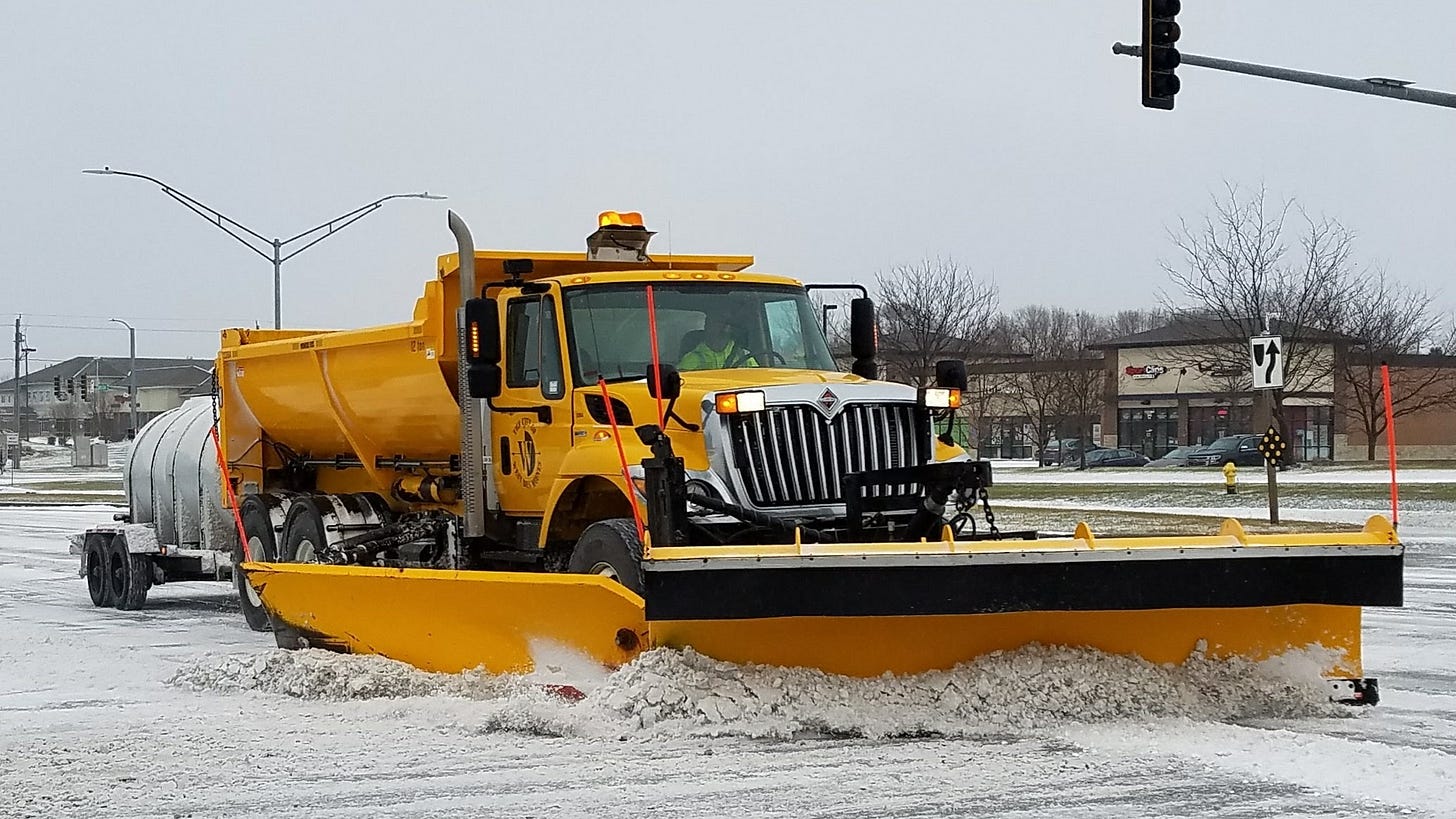When driving is impaired
On frigid football games, German trains, and the travel consequences of cold weather conditions
Extreme conditions have a way of pressing questions that otherwise go without much notice, even if they are worthwhile. The extreme Arctic blast that set the stage for a below-zero NFL game in Kansas City and rendered Interstate 80 impassable is a good example.
■ With winter conditions making driving either unsafe or impossible across much of Iowa and wind chills so low that frostbite could take only minutes, it raises the fair question: How do we expect people to travel when they don't have personal automobiles?
■ It's a cliche to bemoan America as an "auto-centric society". And it's naive to think that the automobile will be displaced as our country's primary mode of transportation. It's not just a matter of implicit and explicit preferences that have gone to road construction for generations -- we also just don't have the kind of population density that many of our peer rich countries do.
■ Germany has 84 million people in a land area slightly smaller than Montana. We have 335 million people (almost exactly four times Germany), spread across Montana and 49 other states. And Germany isn't exceptional -- other G7 countries are denser still. The densities involved -- and their consequences for other forms of transit -- are simply not comparable.
■ But cold weather travel shutdowns should cause ordinary people to wonder: If I had to rely on public transportation, how far would I have to walk and how long could I wait for a bus to arrive? If wind-driven snow can close the highways, are there blizzard-resilient modes of transportation we should think about building as backups? If snow removal from the streets is a matter for public works departments, why do we rely on private property owners to clear the sidewalks? Unusual conditions ought to spur some unusual thinking.



